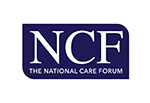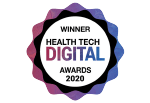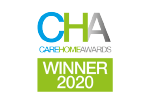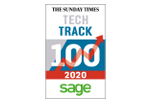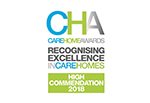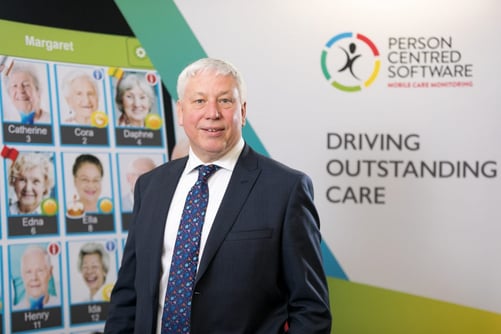
Published in Care Home Professional
Jonathan Papworth, co-founder and director at Person Centred Software, says digital clinical record keeping is key to enabling health and social care interoperability
The coronavirus pandemic has shown that information is necessary to help inform decision making, and making the best decisions saves lives.
Whilst no one I know agrees that care homes have been the cause of higher mortality, there are many in NHS Digital who are aware that a lack of visibility of what is happening in care homes is a problem that needs to be solved.
There are solutions readily available, and about 30% of care homes have already embraced them.
The solution is digital clinical record keeping, because paper, no matter how wonderful, has had its day. Paper records are an obstacle. They cannot be aggregated or communicated to other parties without time consuming manual processes. They also cannot be guaranteed to have consistent information across different providers.
The NHS is enabling the ability to communicate information between health care and social care. There are numerous pathfinder pilots to connect information based on the Digital Red Bag, GP Connect and Shared Care Record – and these build on social care providers having digital clinical systems.
NHS Digital is collating COVID-19 data from digital clinical systems so that any potential future outbreak will be visible much sooner and appropriate steps can be taken.
Put very simply, digital clinical systems provide the ability to save lives, and this opportunity has not been lost on the NHS.
Paper records may have been fine in the old days, but there is no place for them in the fast paced, connected systems of the future.

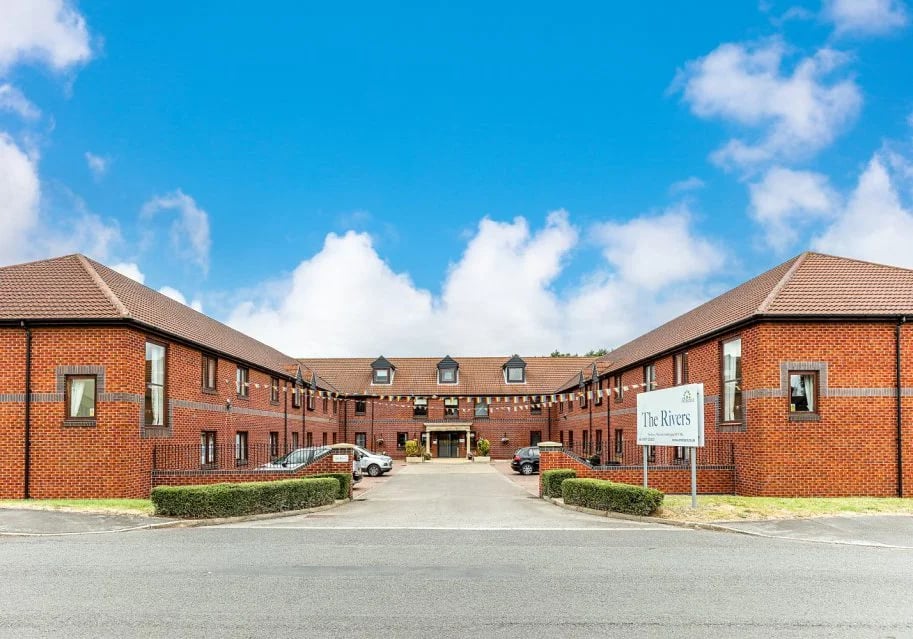


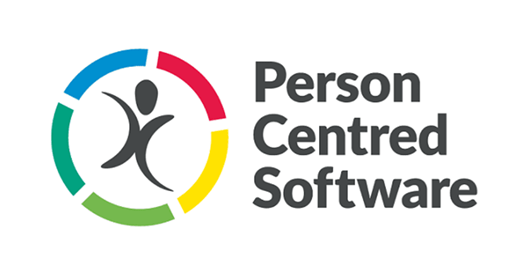


.webp?width=80&height=80&name=HTD%20Awards%202023%20Badge%20(4).webp)




